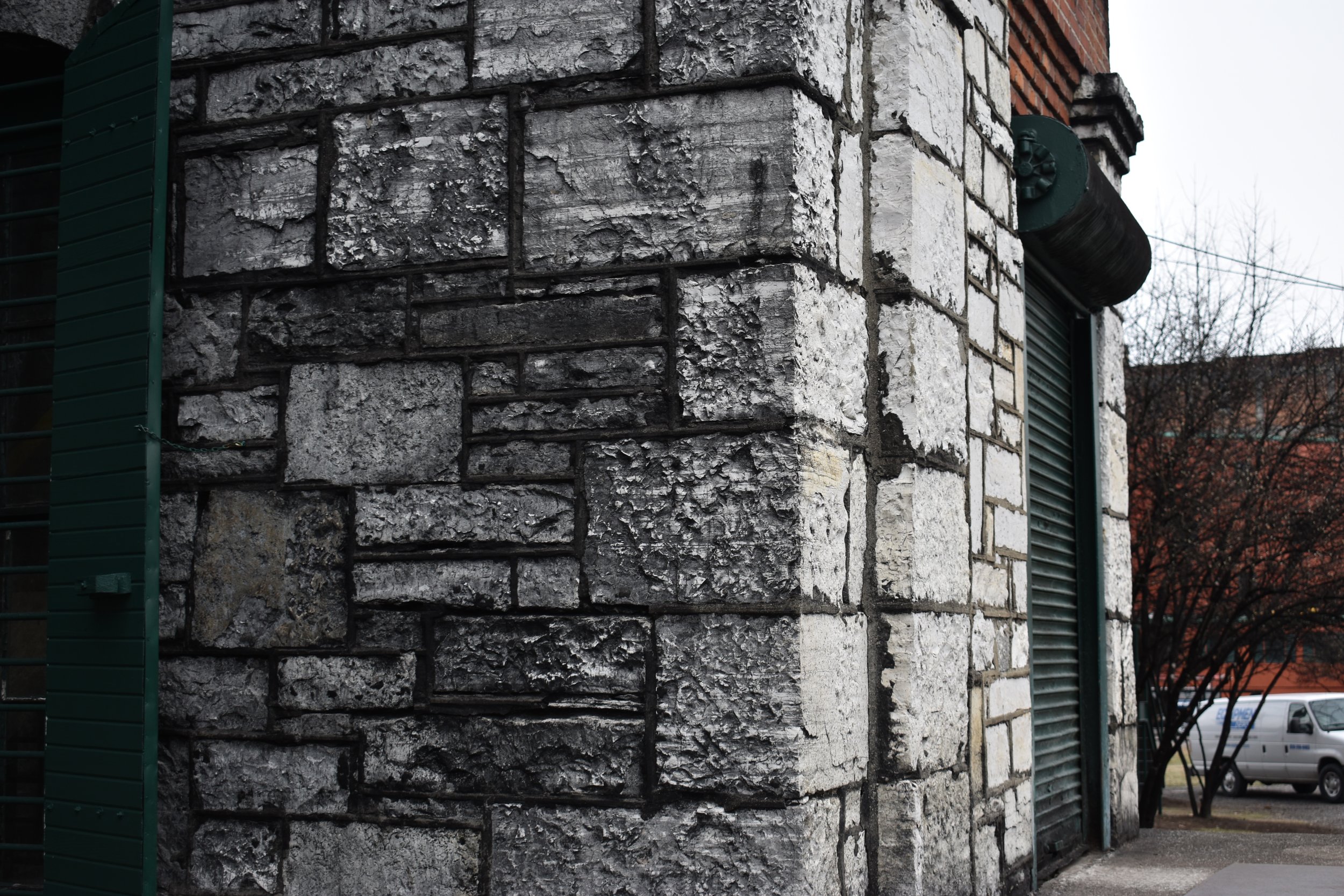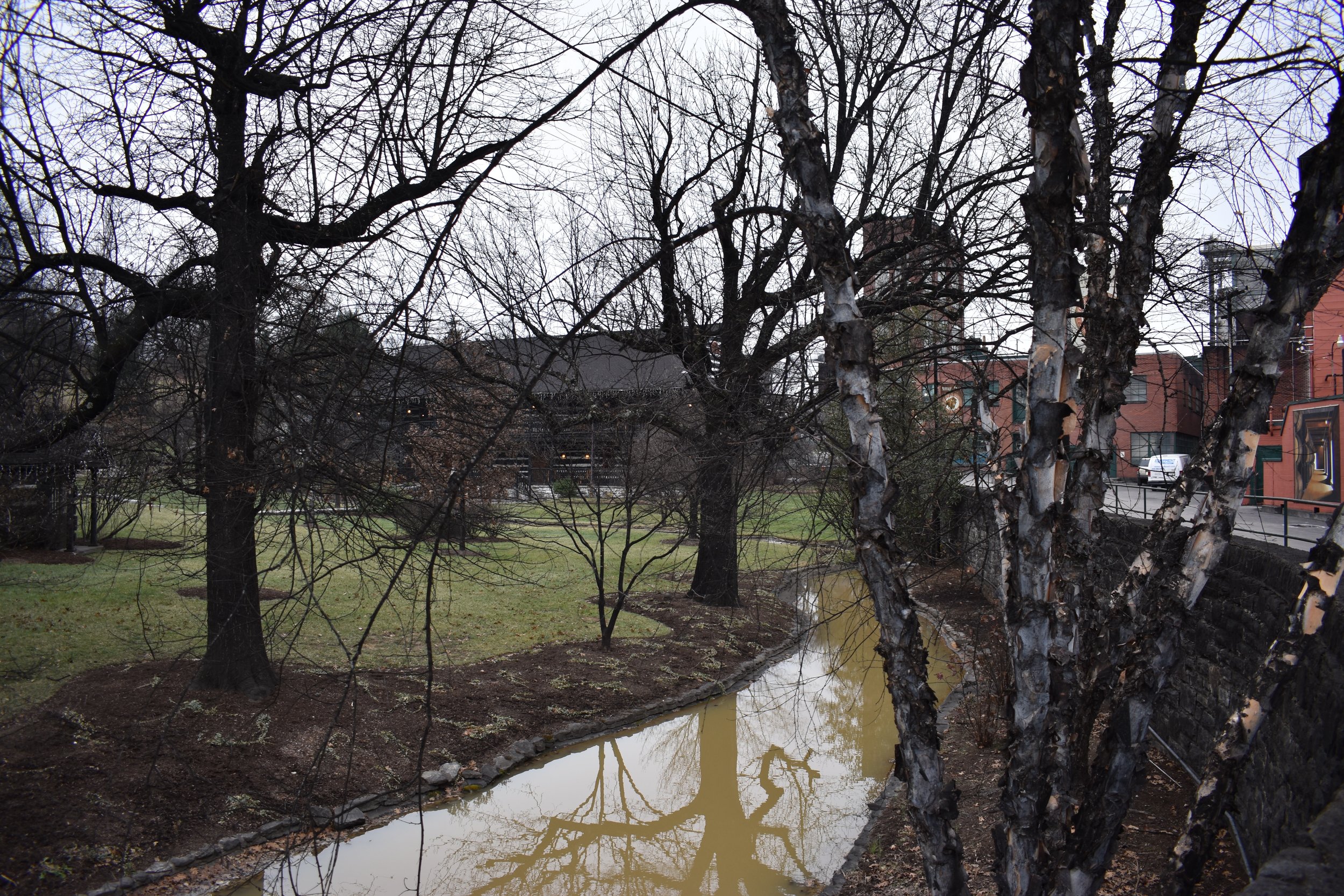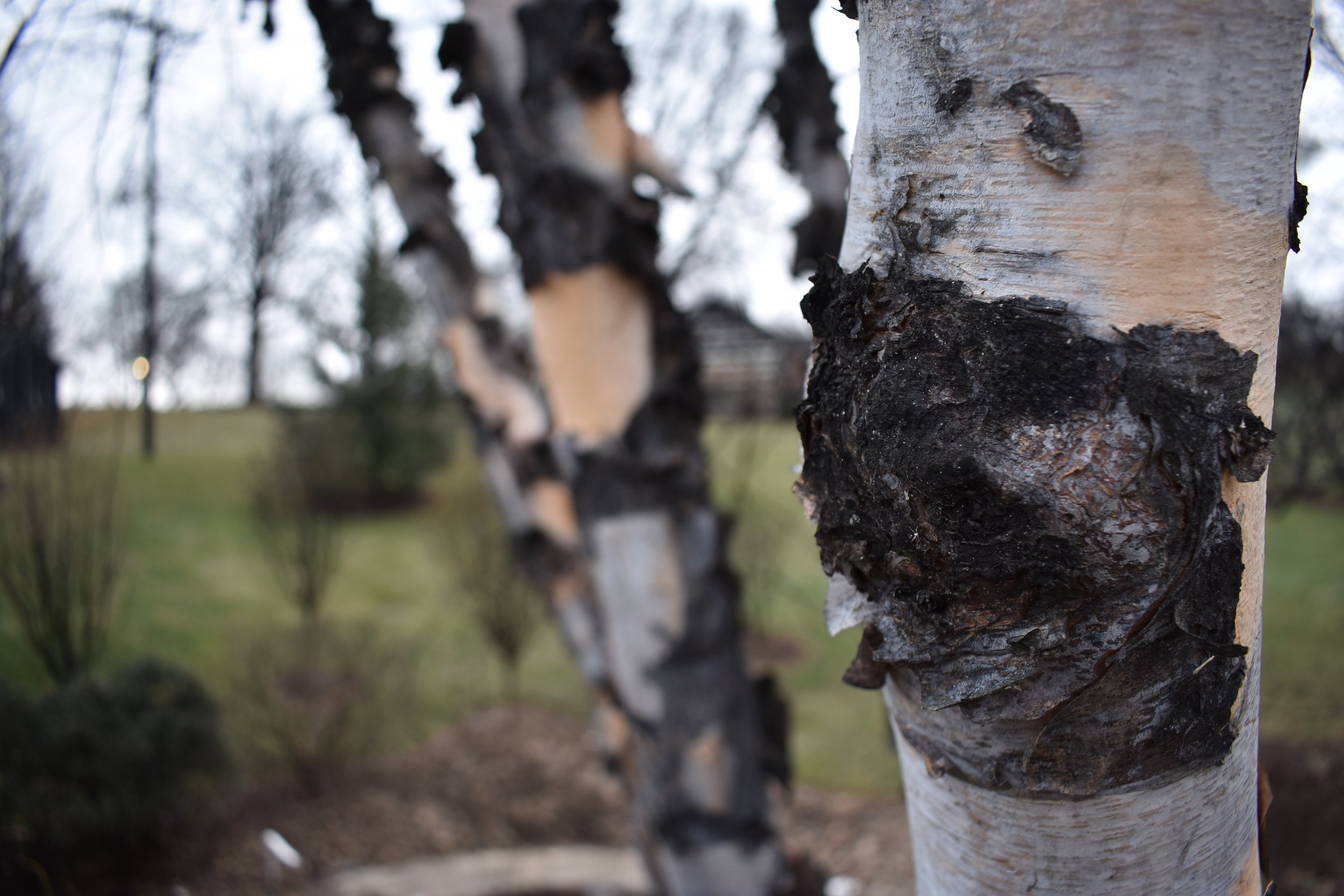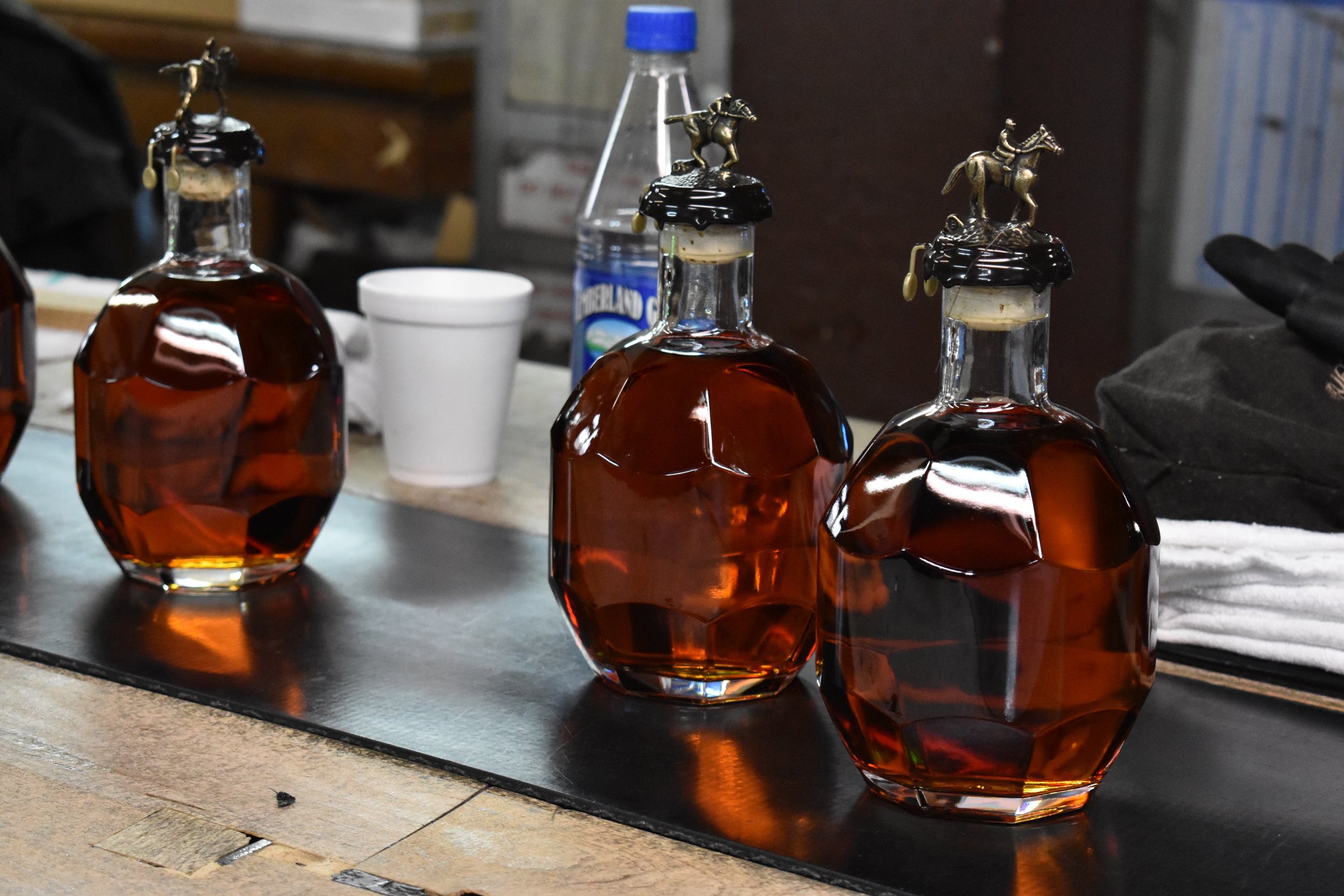A Tour of Buffalo Trace: The Oldest Continuously-Operating Distillery in the U.S.
Located in Frankfort, Kentucky, the mid-point between the much larger cities of Lexington and Louisville, Buffalo Trace Distillery looks dingy in the gray light of December. This can be attributed to the black fungus clinging to the trees and buildings—a fungus almost entirely unique to distilleries. The "angel's share," bourbon that evaporates from the barrels during the aging process, serves as a food source for the fungus and allows it to thrive.
There is a sizable crowd in the waiting area for the tours, including a couple who had traveled all the way from Florida. Though Buffalo Trace Distillery is not on the Kentucky Bourbon Trail, it is a National Historic Landmark and on the US National Register of Historic Places, making it a popular destination. Riverside House, the oldest building on the site, was constructed in 1792 by Commodore Richard Taylor. What makes the history of Buffalo Trace especially interesting is that it was one of four distilleries in the U.S. allowed to operate during Prohibition. It produced and bottled alcohol that could be prescribed as medicine and filled at a pharmacy.
My fiancé and two of my friends have tickets for the Trace Tour, one of the six free tours the distillery offers. The guide is friendly and knowledgeable, and he quickly shows us around the facilities. He explains that the whiskey bottled at the site used to be clear and taste more like moonshine, as it wasn't aged. However, the site started shipping barrels of this whiskey, charred on the inside to prevent splinters from getting into the alcohol, to New Orleans. The alcohol aged on the journey and the charred wood gave it a distinctive reddish color and vanilla, oak, or caramel flavors. The barrels were stamped "Bourbon" to denote that they came from Bourbon County, Kentucky (named for the Bourbons of France), so when people requested more of the alluring drink, they asked for "bourbon." And thus, bourbon was accidentally created.
Nowadays, the guide explains, bourbon must meet a very strict set of guidelines to be classified as such: It must be produced in the U.S. from a grain mixture (called "mash") made up of at least 51 percent corn. It must be distilled to a maximum strength of 160 proof, bottled at a strength of at least 80 proof, and barreled for aging at no more than 125 proof. It must be aged in new, charred oak barrels. And in Kentucky, where the majority of bourbon is still made, the water is filtered through the limestone rock shelf, and it is stripped of iron, which can ruin the flavor.
We then walk through Warehouse C, which is made up of three floors stacked floor to ceiling with barrels of aging bourbon. The building is dimly lit and the smell of bourbon pervades the air. Dark corridors barely wide enough for a person to pass through extend behind each row of barrels, and this is where I'm told the resident ghost lives. The guide describes how the Kentucky seasons affect the aging process on each floor differently, and I can see the floor below me through large gaps in the wooden floorboards, where air is allowed to circulate.
We are then ushered to the bottling building, which is so saturated with bourbon fumes that my eyes are watering. We take a look at the bottling process, with handwritten sleeves and various Kentucky Derby stoppers finding their homes.
Back outside after the tour, we marvel at the fungus-covered trees beside the creek. A giant Christmas tree stands unlit, and we drive up the hill to the historic home and garden above the distillery. Yeasty smells waft around us, like we are cocooned in freshly baked bread. Up there on the hill, it's easy to imagine the distillery below as grassland—the ancient buffalo crossing of it's namesake.
Though I rarely drink, it's fascinating to learn about an industry that is so integral to the history of Kentucky. With their free tours and over 200 years of history, Buffalo Trace Distillery provides the perfect opportunity to be a tourist in your own state.

















